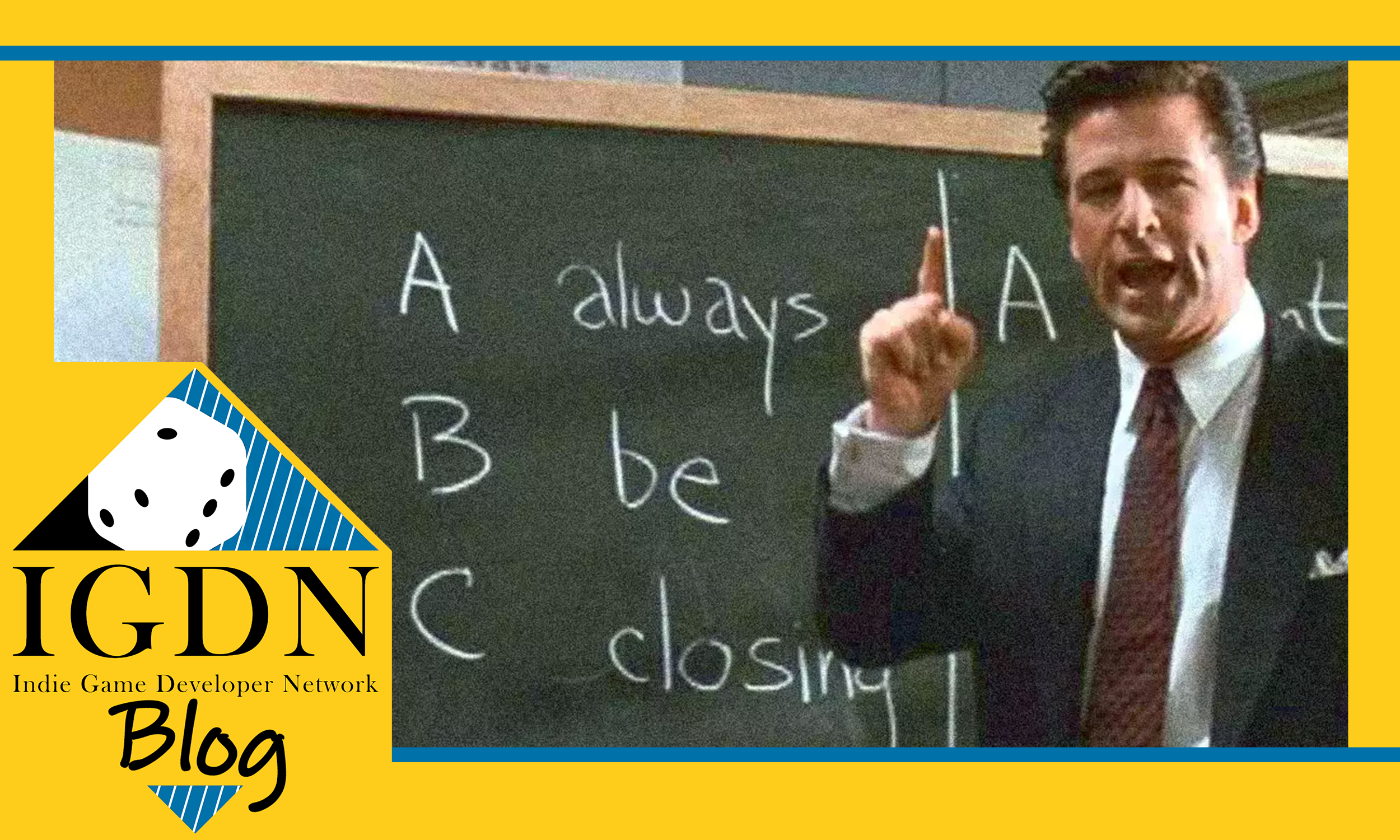World Building For Game Designers Lesson Nine: Keep Asking People
World Building For Game Designers
Lesson Nine: Keep Asking People
Steve Dee
WBGD is a series of lessons on world building in general and for game designers in particular by multi-award winning game designer and world-builder Steve Dee. Each lesson stands alone or can be read in a series. Each entry ends with an exercise for the reader to stretch their world building skills, examine their world and look for ways to improve it, or as a prompt to solve problems they have encountered in their creations.
“The artist has the Universe in his mind and hands” - Leonardo da Vinci
Realism isn’t the goal but research really does matter. You can’t be any sort of artist unless you want to understand the world you are representing and expressing ideas about. It’s less about passing a test, though, and more about understanding the things you want to talk about. Artists are constantly asked where they get their ideas from and the answer is often research. It’s also where ideas bloom and gain more meaning and a sense of reality.
But as I said last Lesson, I am bad at doing research. I’d rather make art and build worlds about all the things I already know! But unfortunately, it’s not enough to do that, especially for world building. Worlds have lots of facets and they run deep with consequences and need to survive contact with a lot of different people and those people often know more than you. Eventually, you have to do some research. You might find that easy, but whether you do or not, there is one trick that makes every part of research easier:
Ask other people.
Harlan Ellison said that knowing something is the same as knowing where to find it—there’s no reason to memorize an encyclopedia when instead you can have a set on your shelves. And the best kind of encyclopedias are people. Of course, not all our friends may be the experts we desire (you might need to fact-check their statements) and they might not all be the best teachers, but everyone has something they are passionate about and are just bursting to explain to someone else. And with the Internet, we can reach so many people! Again, you risk very untrue things coming in, but the trade off is you can ask weirder and weirder questions.
You can also do something else, too. You can ask them if they buy your ideas once you have them. In this way you are road-testing your worldbuilding to see if it holds up to the aforementioned contact with other people.
Say I need a reborn Dracula to raise Transylvanian troops and join the Soviets on the eastern front in WW2. I can simply ask people if they believe that. Does it catch on any of those “points of disbelief” we mentioned back in Lesson Seven? Does it sound like it wouldn’t really go anywhere interesting or change very little? If yes to either question, can they suggest something better? If it seems plausible and exciting, what consequences can they see happening? What other things might it imply? In other words, just as you don’t need to store all your information inside your head, you also don’t need to store all your creativity there either.
I can even ask people if the ideas excite them and make them want to know more, and if so, what they like best? What might they want to see happen or explored in such a world? What are they keen to play as or explore? What details do they think they’d love to zoom in on, or what great conflicts might this lead to in a wider lens?
And all of this? This is road-testing your world. Or “world-testing” might be a better word.
Whether you are building your world for a story or a game, the elements of those media will excite the audience on their own. But in both cases you want your world to excite as well. In games, it is even more important that it does, because, without the power of narrative or lyrical prose, it is the only element that draws the player’s imagination into the act of play. It is the gateway to empathy and engagement. So you need to know, as early as possible, if it works. If it inspires. And the only way to be sure is to test it. That means explaining it as often as you can to as many people as you can. Over and over and over again and noting every time the things they like best, the things they ignore, and the things they think are stupid. Asking questions about the things you’re not sure about and asking them for ideas to fill in your gaps.
Meanwhile all of this has another benefit: it’s also giving you tons of practice at explaining your world. Remember how back in Lesson One we said that world building and world communicating were two different skills? Now you’re starting to learn to do the latter. You’re not just learning what people like, you’re learning how to explain it to them in the right order, putting those things they like front and center and whetting their appetites. Figuring out what they might catch on and how to sand those edges down or tuck them away until they get excited enough to accept them anyway.
You’re learning to sell it, too. When it comes to presenting a game, you may have a sentence or two to excite people, perhaps one piece of art. To figure out how to pitch your game you need to—to paraphrase Glengarry Glen Ross—Always. Be. Pitching. And always asking questions about your pitch. Your regular research becomes market research; your outcome is not just good ideas but the perfect advertisement for those ideas.
And this isn’t just to sell the world to others: it is also selling it to you. Summing it up so you know exactly what the world is about—and so you are excited. We call this “striking the keynote” and we will talk more about that next lesson.
Exercise: Time to summarize your world and/or game. Try to write an introduction in just 500 words, then 200, then 100, then 50, then 25. See if you can even get down to 12. Show your summaries to people. Ask them what they think are the coolest parts. And—this is the most important part—listen to them. Especially if they think something is cool that you don’t, or vice versa.
This article is part of the Indie Game Developer Network's blog series. The opinions and views expressed in this article are those of the author and do not necessarily reflect the opinions and views of the IGDN or its members.

